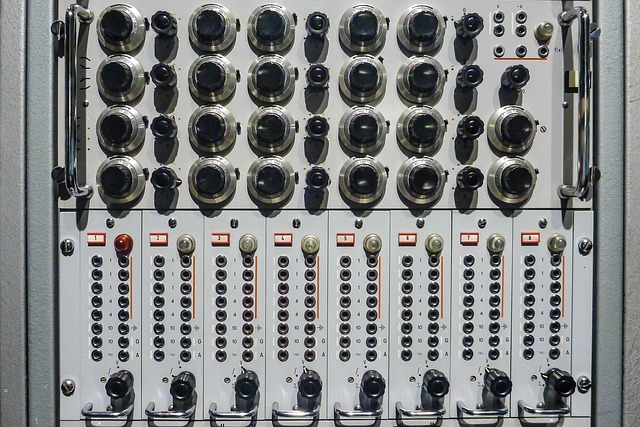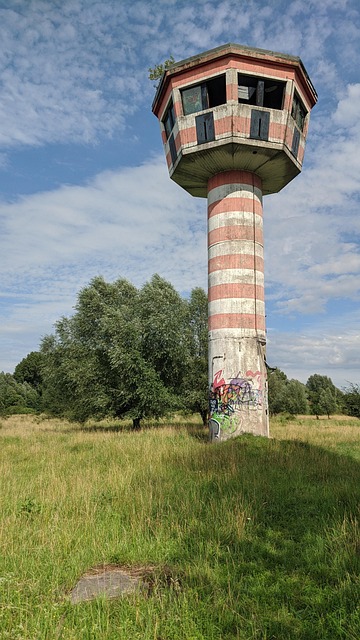Unusual chimney noises in Englewood may indicate squirrel infiltration, characterized by high-pitched squeaks and rustling sounds during dusk and dawn. Recognizing behavioral signs like jumping and chewing allows homeowners to implement exclusion plans using materials like steel wool and one-way devices. Regular inspections, sealing entry points, and landscaping practices minimize future infestations, addressing "what animal is making noise in my Englewood chimney?" concerns.
Are you tired of hearing that persistent squeaking and scurrying noise echoing through your Englewood home? You’re not alone. Squirrels are a common culprit behind chimney disturbances. This comprehensive guide delves into identifying squirrel presence, exploring effective exclusion techniques, and providing long-term strategies to prevent future infestations, ensuring a peaceful home for Englewood residents. Learn how to silence those squeals once and for all!
- Identifying Squirrel Presence and Behavior in Englewood Chimneys
- Exclusion Techniques and Best Practices for Effective Squirrel Control
- Preventing Future Squirrel Infestations: Long-Term Strategies for Englewood Residents
Identifying Squirrel Presence and Behavior in Englewood Chimneys

If you’re hearing unusual noises coming from your Englewood chimney, it could be a sign of squirrel infiltration. These agile rodents are known to take up residence in chimneys, attracted by the warm, enclosed spaces that offer easy access to birdhouses and potential food sources. Identifying their presence is key to effective exclusion planning. Keep an ear out for high-pitched squeaks, particularly during dusk and dawn, as squirrels are most active during these times. You might also notice rustling sounds or even clattering noises as they scurry about, collecting materials for their nests.
Behavior patterns can offer further clues. Squirrel activity often includes jumping and dashing within the chimney structure, as well as constant chewing on masonry or flashing to create entry points. They may also leave behind droppings, which have a distinctive, pungent odor. By understanding these behaviors, homeowners in Englewood can better recognize when squirrels have taken up residence and take prompt action to implement exclusion plans, ensuring a safe and quiet living environment.
Exclusion Techniques and Best Practices for Effective Squirrel Control

When addressing squirrel exclusion plans, understanding effective techniques is key to successful wildlife control. The primary goal is to prevent squirrels from gaining access to your Englewood chimney while ensuring their safe removal. One powerful method involves identifying and sealing all potential entry points. This includes meticulously inspecting the chimney for any gaps, holes, or cracks and securing them with appropriate materials like steel wool, metal screens, or foam. It’s crucial to close off vents, openings around pipes, and any other routes that might allow squirrels to enter your home.
Best practices also recommend using one-way exclusion devices to permit squirrels to leave but prevent re-entry. These devices are designed to be installed strategically in the chimney, allowing squirrels to exit safely while ensuring they cannot return. Additionally, maintaining the area around the chimney free of debris and food sources is essential. Regular cleaning and trimming of trees or shrubs near the chimney can significantly deter squirrels from choosing it as their dwelling place. Remember, addressing these issues will not only mitigate the noise caused by what animal is making noise in my Englewood chimney? but also promote a safer environment for both you and the wildlife.
Preventing Future Squirrel Infestations: Long-Term Strategies for Englewood Residents

Preventing future squirrel infestations requires a multi-faceted approach tailored to the unique challenges faced by Englewood residents. Beyond immediate exclusion efforts, focusing on long-term strategies is key to keeping squirrels at bay. One effective method is to conduct regular inspections and maintenance of homes, particularly in areas prone to squirrel access like chimneys, attics, and tree branches touching structures. Sealing entry points with appropriate materials, such as steel wool or wire mesh, can prevent re-entry and deter future squirrels from seeking alternative routes. Additionally, residents should consider the landscape around their homes, removing dense vegetation and trees that provide easy access to roofs, and keeping debris and potential nesting sites to a minimum.
By combining short-term exclusion tactics with these proactive measures, Englewood residents can break the cycle of recurring squirrel infestations. Addressing potential habitats and entry points before squirrels take up residence significantly reduces the likelihood of “what animal is making noise in my Englewood chimney?” becoming a frequent question.
If you’ve been dealing with persistent squirrel activity in your Englewood chimney, implementing a comprehensive squirrel exclusion plan is key. By understanding their behavior and employing effective techniques discussed in this article, residents can quietly reclaim their spaces. Remember, preventing future infestations through long-term strategies is crucial to avoiding these recurring issues. So, take action now to silence the squeaks and ensure your chimney remains a peaceful part of your Englewood home.
